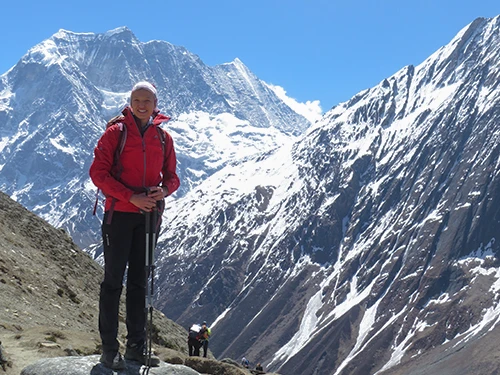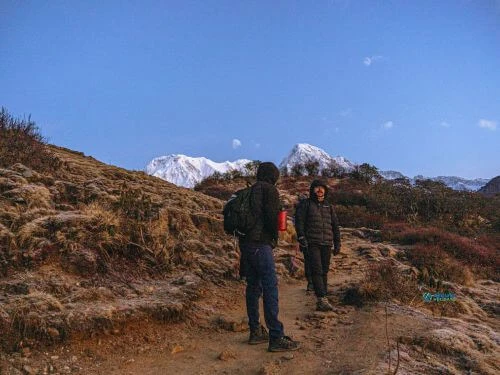The Everest Three Passes Trek is not your average Himalayan walk — it’s a full-on, high-altitude adventure designed for those who want to see Everest from every angle and earn it every step of the way. Spanning about 17 days, this route takes you across three of the tallest and most dramatic mountain passes in the Khumbu: Kongma La (5,535m), Cho La (5,420m), and Renjo La (5,360m). Each pass offers something wildly different — razor-sharp ridgelines, frozen glacial lakes, and panoramic views that will stop you in your tracks.
What makes this trek so special isn’t just the altitude or distance — it’s the quiet moments in high alpine valleys, the soft clatter of yak bells echoing through stone-walled villages, and the sheer sense of remoteness you feel crossing over icy trails with Ama Dablam, Makalu, and Everest towering above.
Unlike the more crowded Everest Base Camp route, the Three Passes loop lets you explore deeper, weaving through Gokyo Lakes, Kala Patthar, Everest Base Camp, and far beyond. All while soaking in Sherpa culture, rugged glaciers, and breathtaking Himalayan silence.
Make no mistake — it’s tough. Long hiking days, steep climbs, unpredictable weather, and thin air over 5,000 meters will push your limits. But with the proper preparation, good pacing, and a trusted team, it’s an experience that feels raw, wild, and truly earned.
Ready to start? Contact Abound Holidays today and get going!
Why Everest Three Passes Trek?
The Everest Three Passes Trek is definitely tougher than the regular Base Camp trek, but it’s also way more thrilling. You’ll be crossing glaciers and high mountain passes, with jaw-dropping views around every corner and most of all you’ll be on quieter trails with fewer people.
Everest High Three Pass Trip Facts
- Duration: 17 days
- Distance: Approximately 99 miles (160 km)
- Highest elevation: 18,159 ft (5,535 m) at Kongma La Pass
- Difficulty: Challenging
- Accommodation: Tea houses and lodges
- Best seasons: Spring (March to May) and Autumn (September to November)
Best Time to Do the Everest Three Passes Trek
The best time to do the Everest Three Passes Trek is in spring (March to May) or autumn (September to November). Spring has warmer weather, blooming flowers, and less snow on the high passes. Autumn is cooler, with super clear skies and incredible mountain views.
Spring feels fresh and colorful, while autumn is crisp and dry, perfect for photos. Both seasons are great for the three-high passes trek.
If you’re thinking of going in the off-season, remember that the monsoon brings heavy rain and landslides, and winter is super cold with deep snow—only good if you’re really experienced.
Everest Three Passes Trek Difficulty
Everest Three Passes Trek is tough because you must climb steep trails and cross glaciers at high altitudes - over 17,000 feet (5,181 m).
The air gets thinner up there, so altitude sickness can happen. You’ll be hiking 6 to 8 hours daily, so you must be physically fit and mentally strong.
How Challenging is the Everest Three Passes Trek?
The everest three passeses Trek also know as Three HIgh Passes trek is one of the toughest adventures you can take on in the Himalayas. It's not just a regular walk in the mountains—it's a full-on challenge that tests your body, your mind, and your willpower.
You don’t need to be a professional climber, but you do need to be fit, prepared, and ready for some serious hiking.
So, what makes it so hard?
1. Three High Passes Over 5,000 Meters
The trek includes crossing three huge mountain passes: Kongma La (5,535m), Cho La (5,420m), and Renjo La (5,360m). That’s higher than most places in the world, where the air is thin and every step takes effort.
2. Altitude Sickness is Real
At high altitude, your body gets less oxygen. This can cause headaches, nausea, and tiredness. That’s called altitude sickness, and it’s something you need to take seriously. The trek is designed to help you adjust slowly, but it still pushes your limits.
Recommendation read: How to prepare for High Altitude trek in Nepal?
3. Long, Tough Days
Expect to walk 6 to 8 hours a day, sometimes more. Some trails are steep, rocky, or icy. You’ll need to be focused and careful—especially when crossing the passes, which can be slippery or snowy, even in the best seasons.
4. Weather Can Be Wild
In the mountains, the weather can change fast. You might start your day under a clear blue sky and end it in snow or freezing wind. Good gear and a flexible mindset are a must.
5. Remote Trails
This isn’t like hiking near a city. You’re deep in the mountains, far from roads and hospitals. That’s part of the adventure—but it also means you need to be prepared and travel with a guide or a group that knows the area well.
Everest Route Variations During the Everest Three Passes Trek
The Everest Three Passes Trek isn’t one-size-fits-all — there are a few great variations depending on your schedule, interest, or adventure level.
1. Gokyo-only or Clockwise/Counterclockwise Treks
- You can do the full loop either clockwise or counterclockwise — both are popular
- Short on time? Go for a Gokyo-only trek and focus on the stunning Gokyo Lakes region
2. Link with Island Peak, EBC Classic, or Gokyo Ri
- Add on Island Peak climbing for a mountaineering challenge
- Combine with the classic Everest Base Camp trek if it’s your first time
- Hike up to Gokyo Ri for epic panoramic Himalayan views
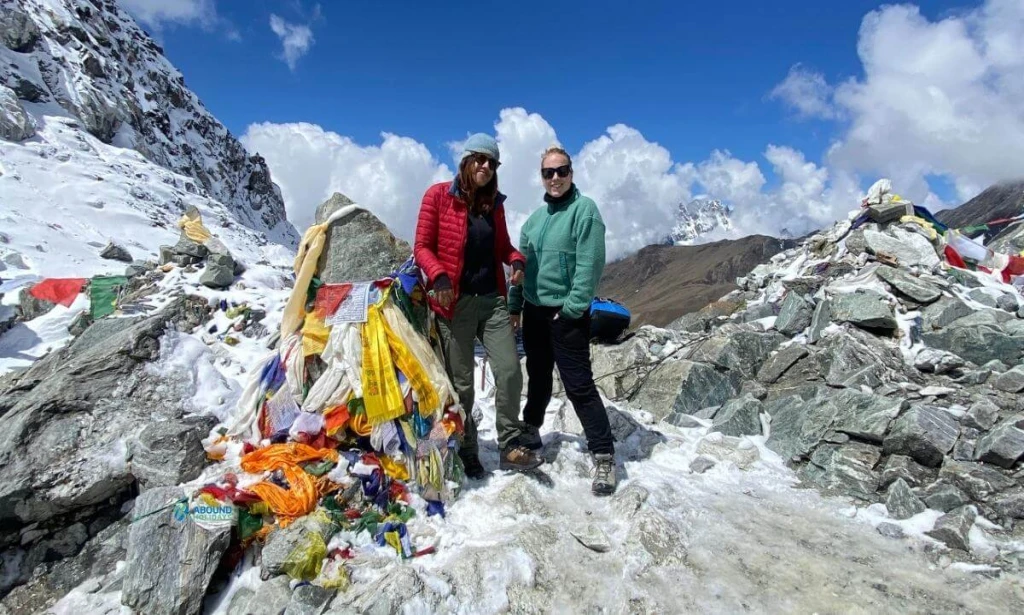
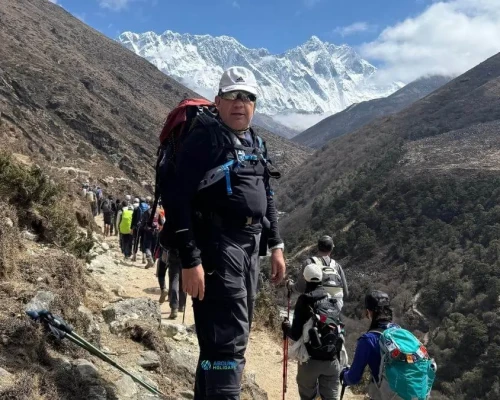
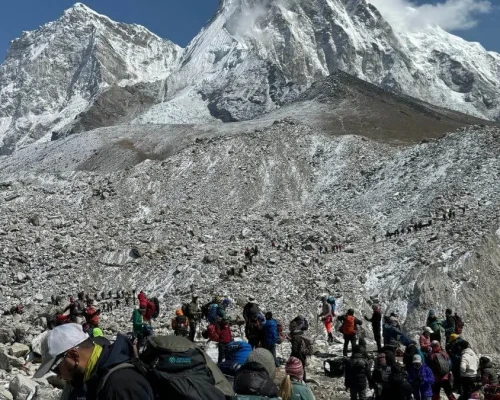
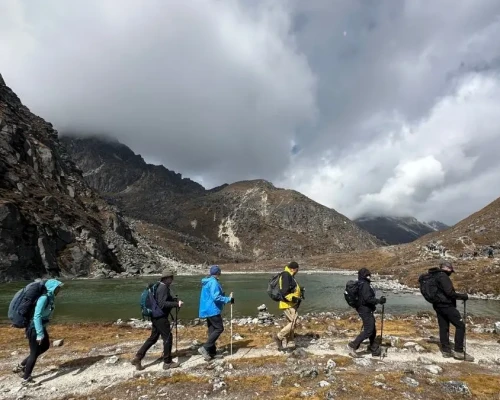
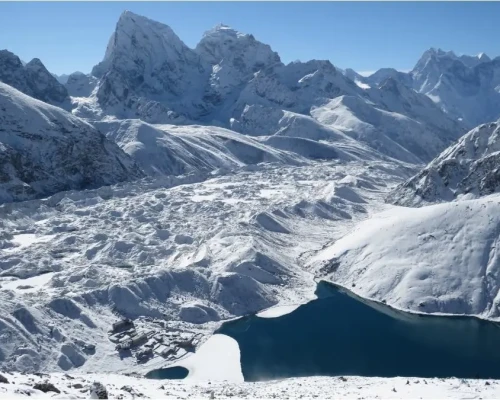
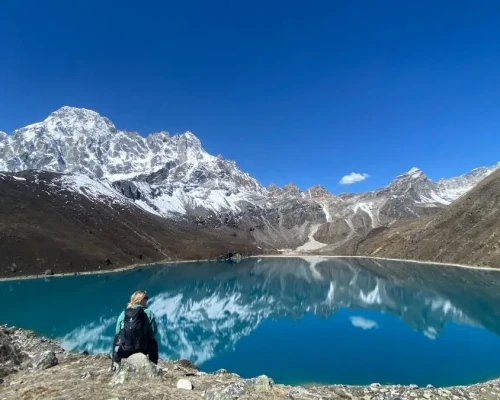
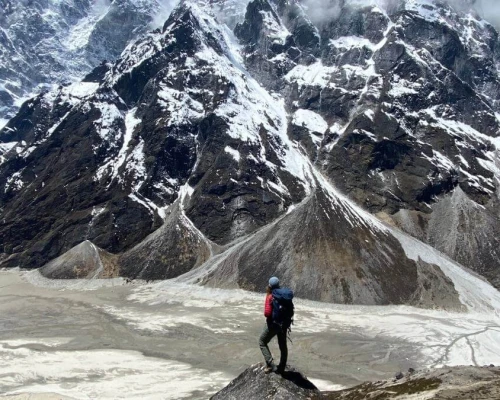
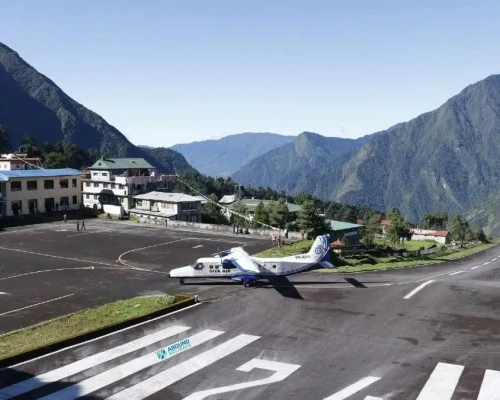
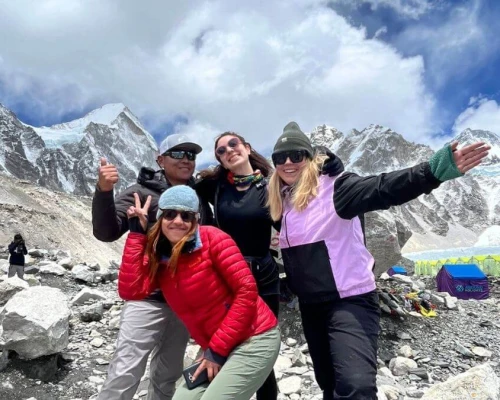
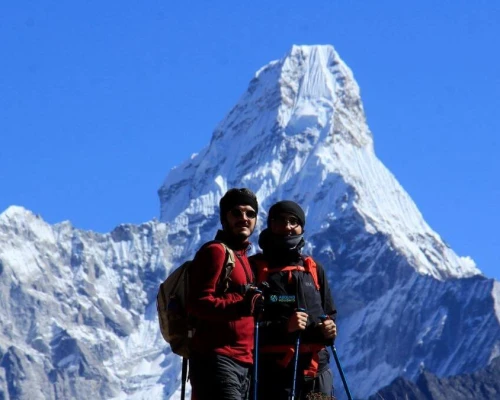
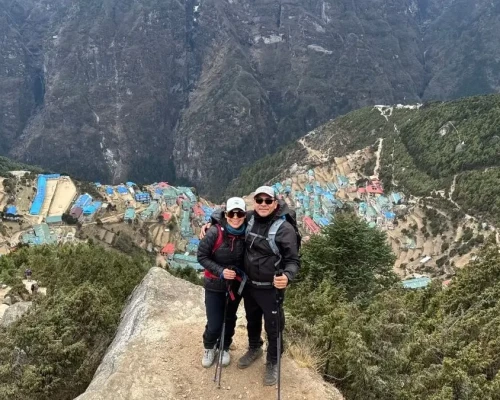
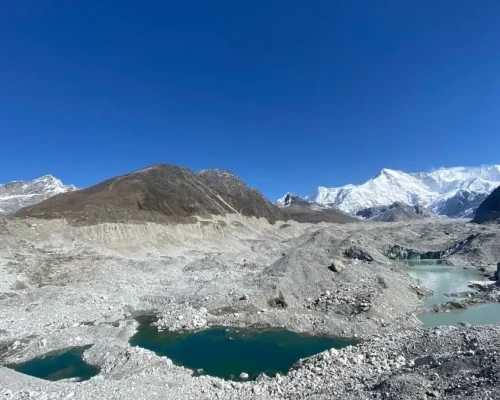
.webp)

 based on 5 reviews
based on 5 reviews